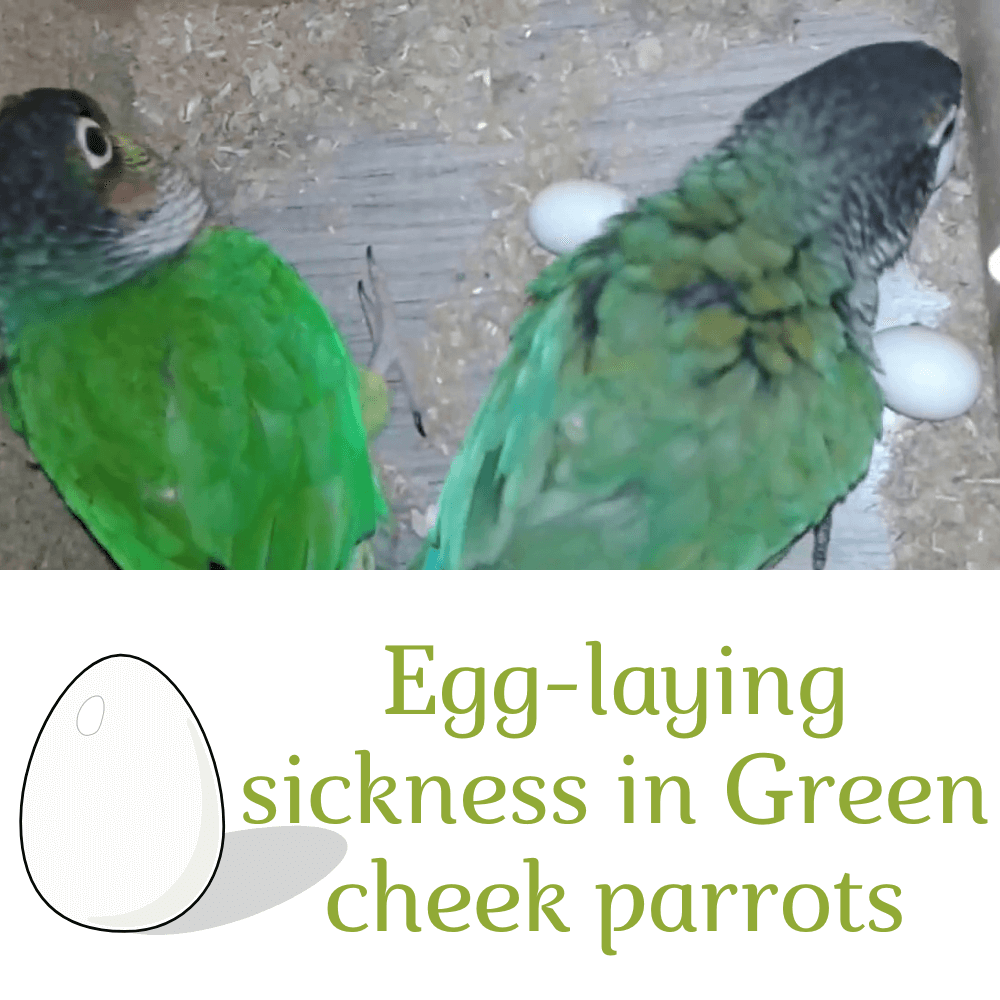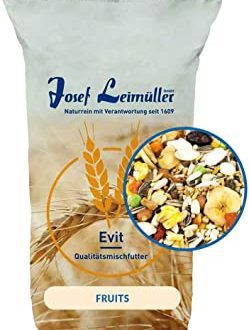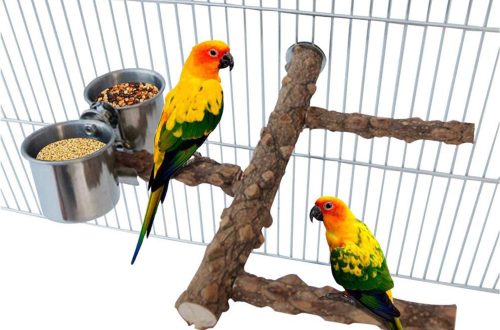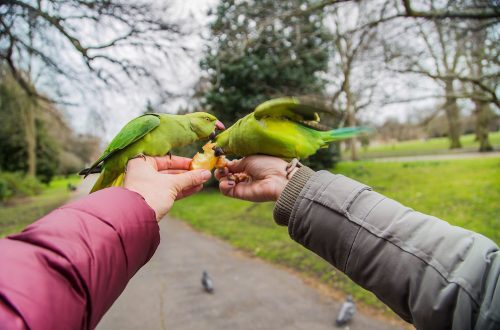
Delayed egg laying in parrots
The main reason delayed egg laying in parrots and the appearance of deformed eggs are errors in the preparation for nesting. Another reason may be inflammation of the oviduct caused by a cold. The bird will either not lay the egg at all, or it will be fragile, small, and most likely ugly in shape.
Symptoms of delayed egg laying in a parrot
The following signs should alert you:
- the female parrot takes a horizontal position
- bird stretches its neck
- breathing is heavy.
Delayed egg laying in a parrot: what to do?
Move her to a separate quarantine cage immediately. The air temperature there should be at least 30 degrees. Thanks to the heat, the spasms stop, and the bird is able to lay the egg. If the egg lingers in the cloaca or lower part of the oviduct, the bird needs help.
- Drop vaseline oil, boiled for 1 hour, and then cooled in a water bath, into the oviduct. You can do this in the manner of an enema: squeeze out about 0,5 ml of oil from a syringe without a needle into the cloaca (the dosage is indicated for a budgerigar).
- Lubricate the edges of the oviduct with this oil.
- Take a swab (cotton) soaked in liquid paraffin and massage the abdomen with it. Carefully hold the edges of the cloaca with two fingers and try to “squeeze” the egg with two fingers without crushing the shell! However, doing it yourself is not recommended. If there is an opportunity to contact a specialist – use it.
If you decide to act on your own, be extremely careful! If you crush an egg, the bird will die.
If you are late with the necessary procedures and the bird is tired, first calm it down with a massage of the lower back, and then massage the points under the wings: at the base of the wing behind the place where the humerus originates. This will stimulate the contractions of the oviduct. Next, proceed to massage the abdomen. As soon as the egg has left the oviduct, inject 1 drop of furacilin solution into the cloaca with a pipette. You can also apply tetracycline eye ointment. This will provoke a rapid effusion of secretions from the walls of the oviduct, so that the swelling caused by the occluded cloaca will pass.
If the oviduct falls out with the egg, contact your veterinarian immediately. This is very life-threatening for the pet. Before being examined by a specialist, the bird should be placed in a container of warm water or wrapped in a damp towel to prevent drying of the oviduct mucosa.
If the egg breaks, you will also need professional help to remove the broken pieces without damaging the oviduct. If it is impossible to examine the veterinarian, you should independently remove the fragments with tweezers. Then the oviduct is washed with furatsilin, as well as Stroud’s solution. At the same time, the bird’s abdomen and cloacal area are massaged.
Never use castor oil to wash the oviduct, as this is fraught with the death of the bird!
Antibiotics are usually prescribed for these complications. Check with your doctor, even if you’ve managed it on your own. The veterinarian will also tell you if this bird can be bred in the future. Most often, after a prolapse of the oviduct or serious mucosal injuries from shell fragments, repeated egg-laying can be life-threatening for your feathered pet.





